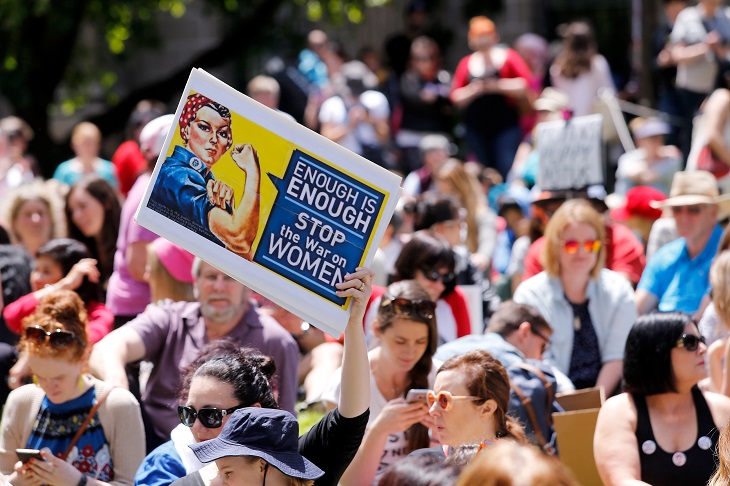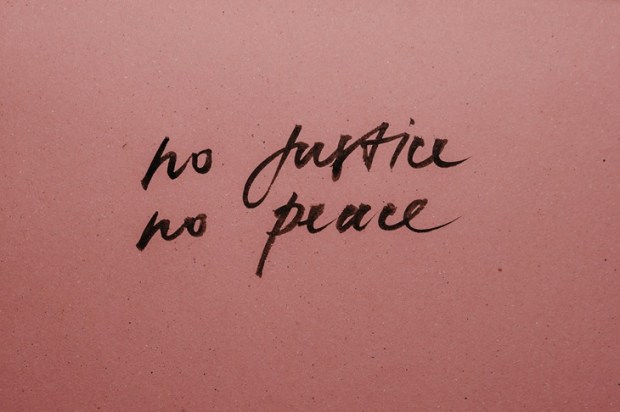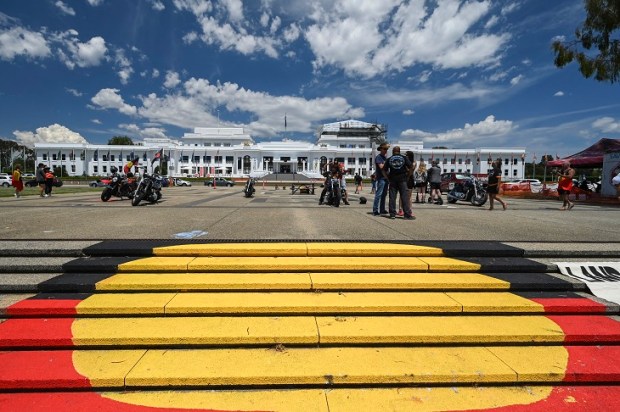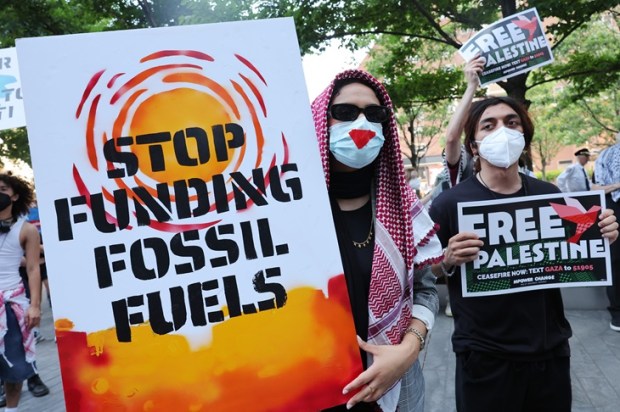Gender pay gap activists have had an exciting few weeks, especially with the new statistics showing these gaps at the level of individual companies, at least those with more than 100 employees.
The stats were produced by the Workplace Gender Equity Agency (WGEA).
With so much activist exhilaration around, an important 30-year anniversary was overlooked – the publication of the ABS Average Weekly Earnings (AWE) statistics on February 22 of this year.
Already a subscriber? Log in
Subscribe for just $2 a week
Try a month of The Spectator Australia absolutely free and without commitment. Not only that but – if you choose to continue – you’ll pay just $2 a week for your first year.
- Unlimited access to spectator.com.au and app
- The weekly edition on the Spectator Australia app
- Spectator podcasts and newsletters
- Full access to spectator.co.uk
Or


























Comments
Don't miss out
Join the conversation with other Spectator Australia readers. Subscribe to leave a comment.
SUBSCRIBEAlready a subscriber? Log in